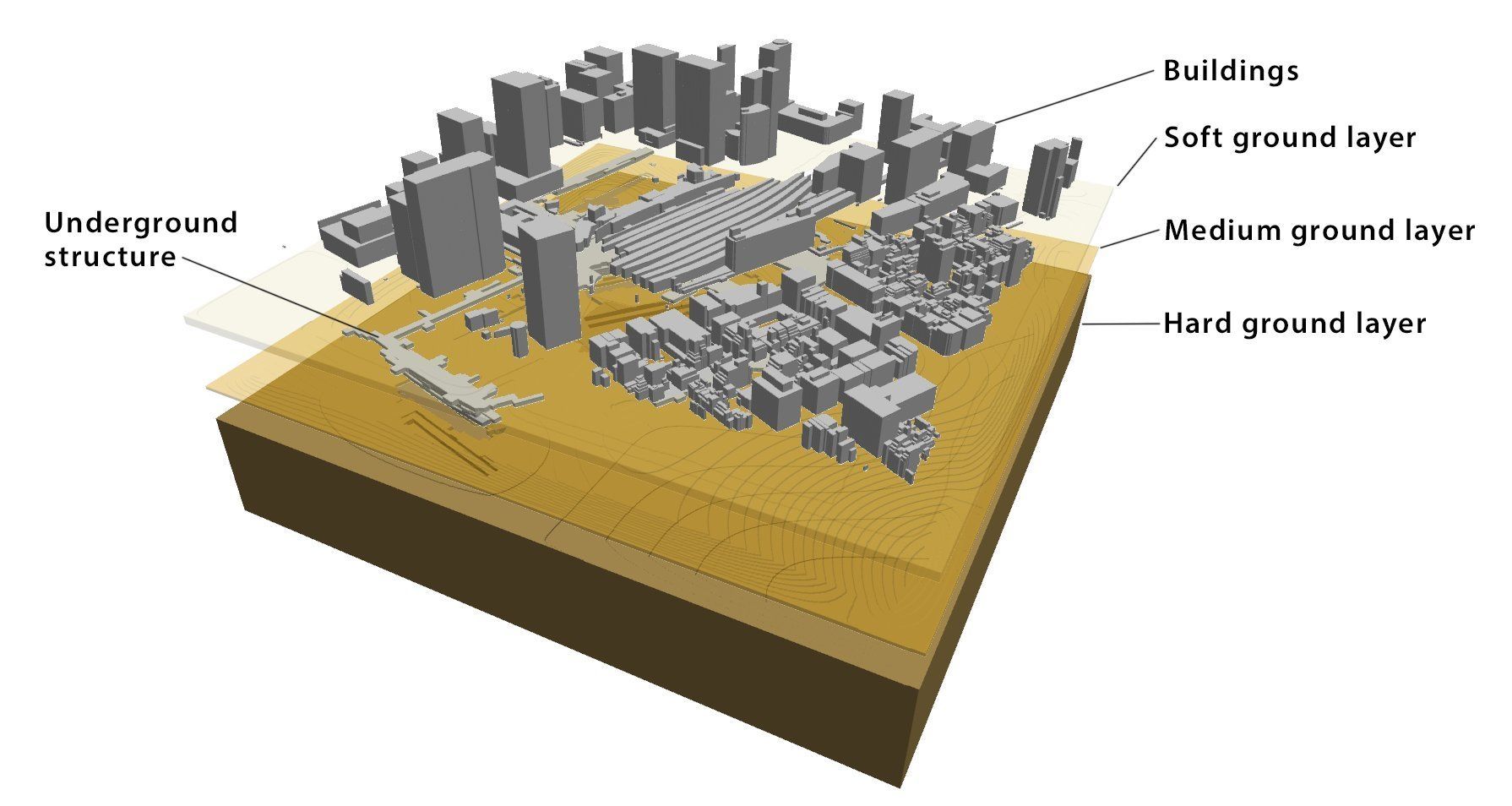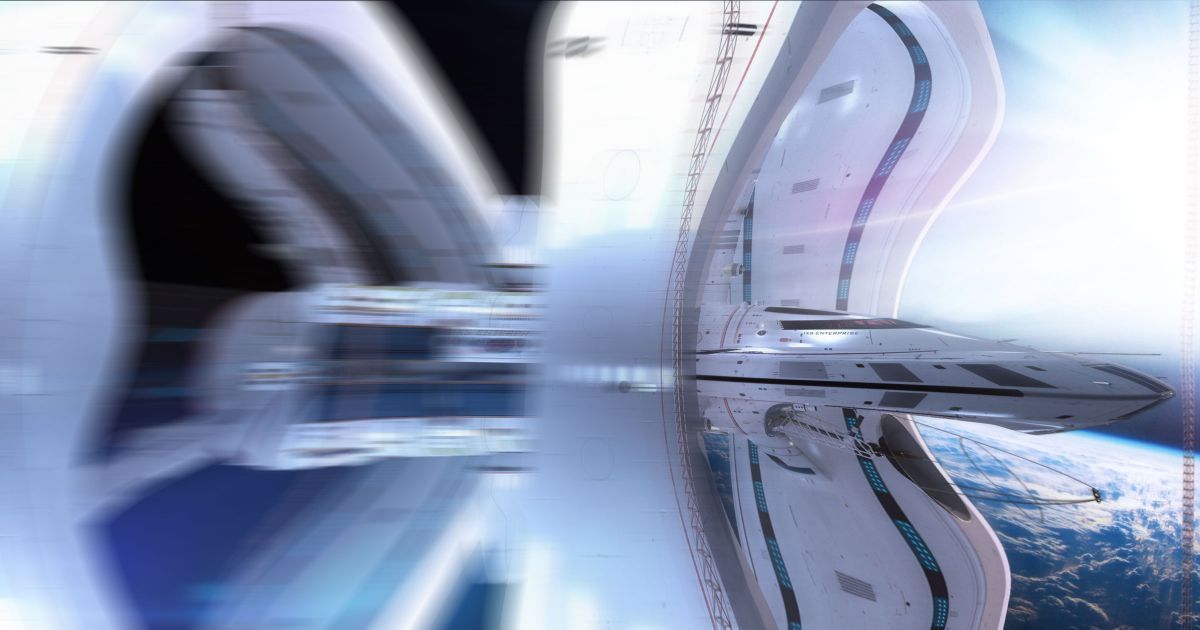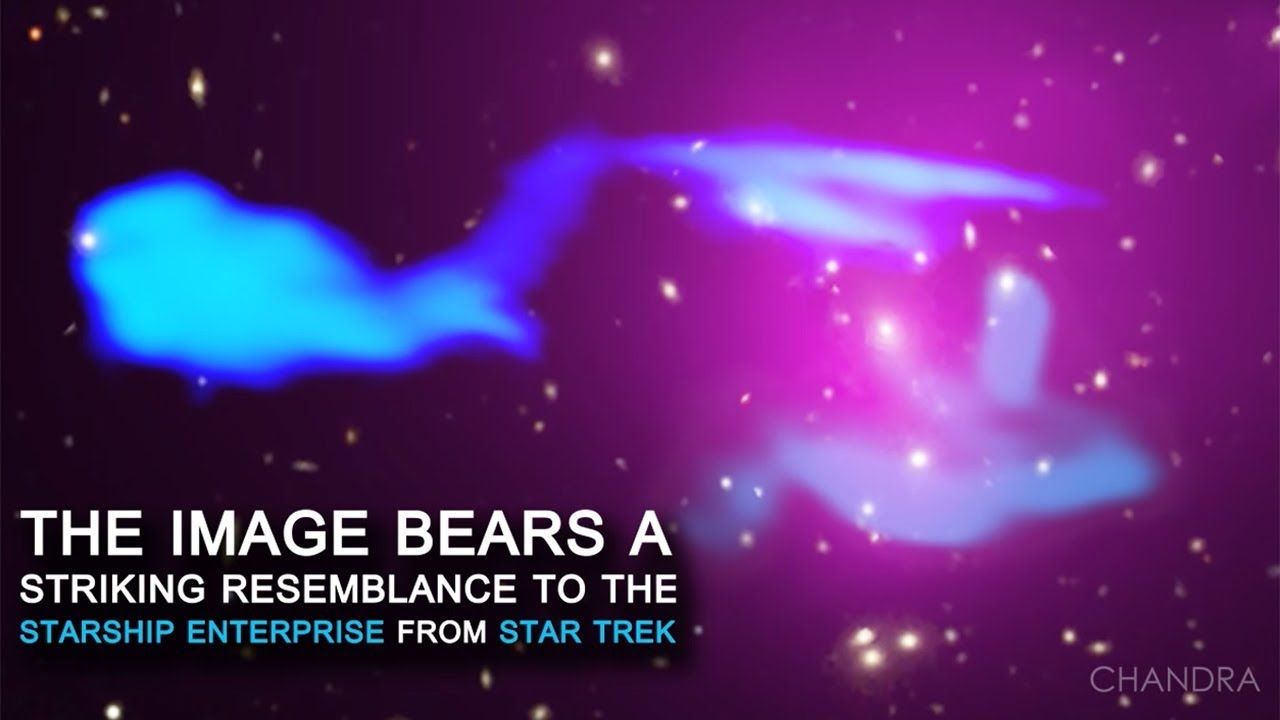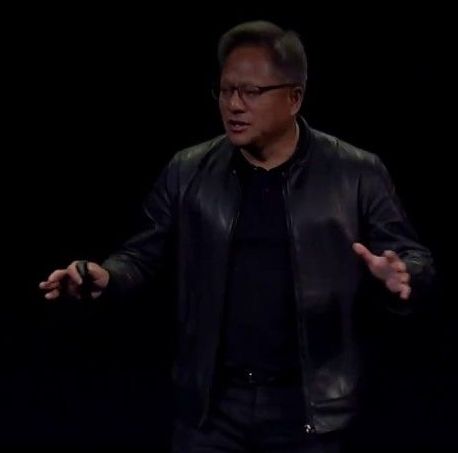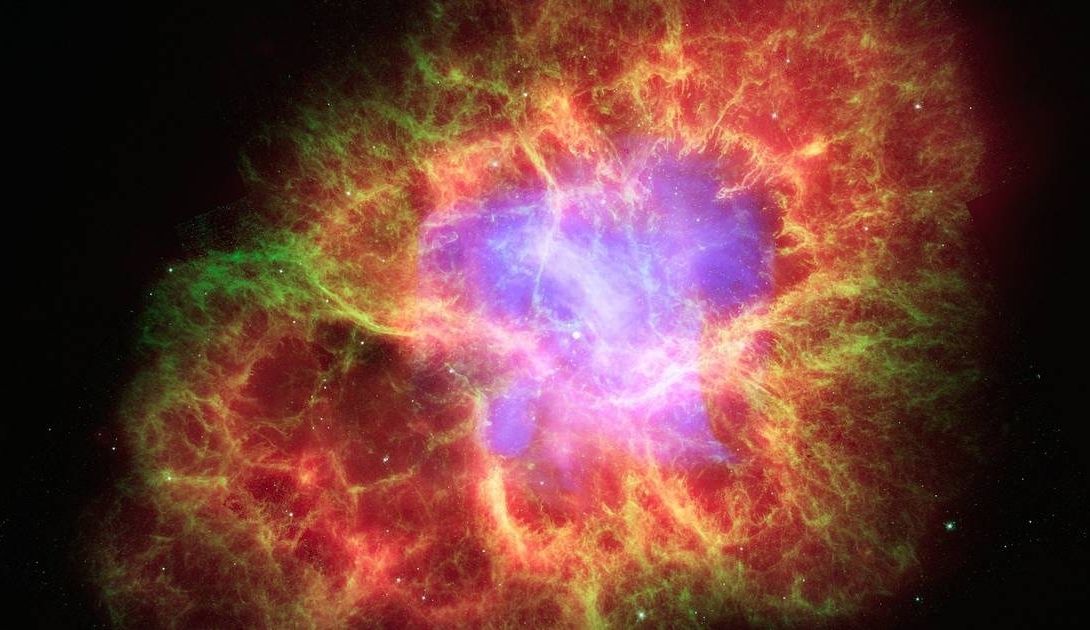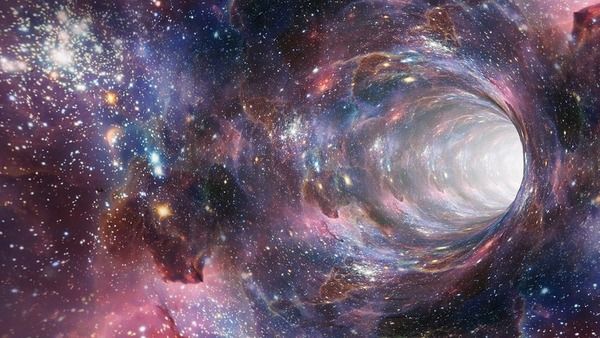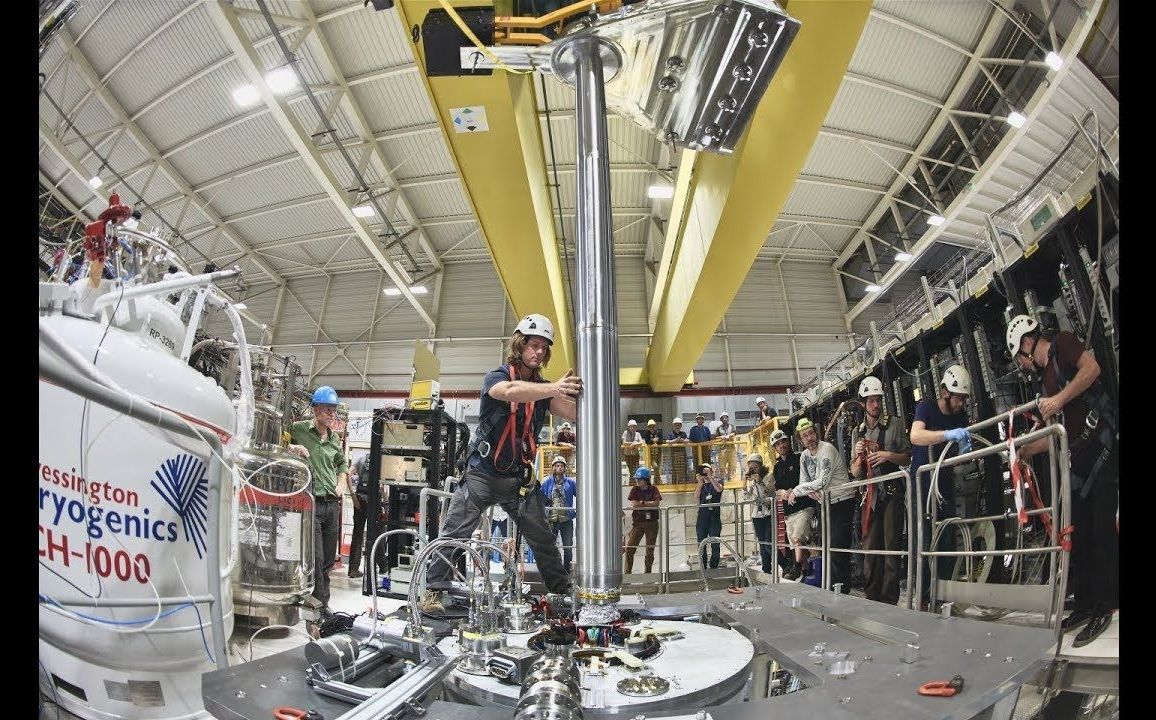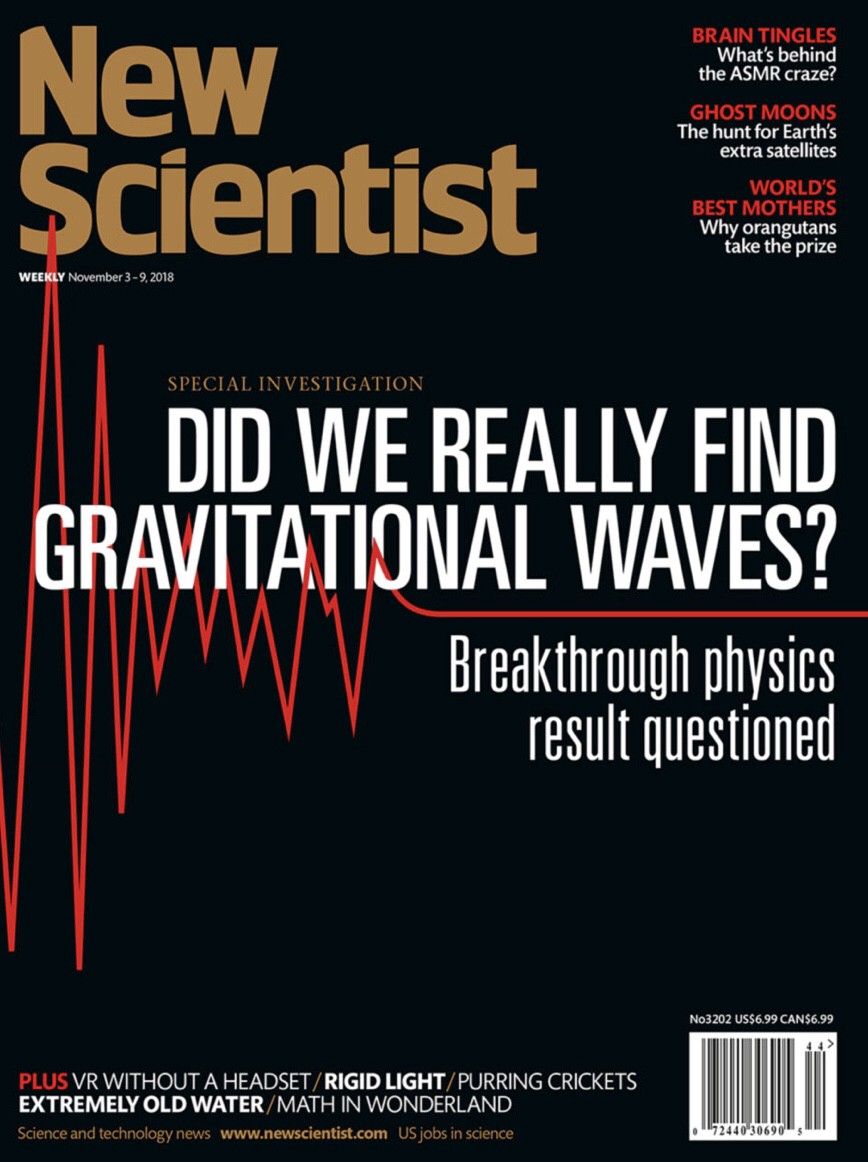A team of researchers from the Earthquake Research Institute, Department of Civil Engineering and Information Technology Center at the University of Tokyo, and the RIKEN Center for Computational Science and RIKEN Center for Advanced Intelligence Project in Japan were finalists for the coveted Gordon Bell Prize for outstanding achievements in high-performance computing. Tsuyoshi Ichimura together with Kohei Fujita, Takuma Yamaguchi, Kengo Nakajima, Muneo Hori and Lalith Maddegedara were praised for their simulation of earthquake physics in complex urban environments.
